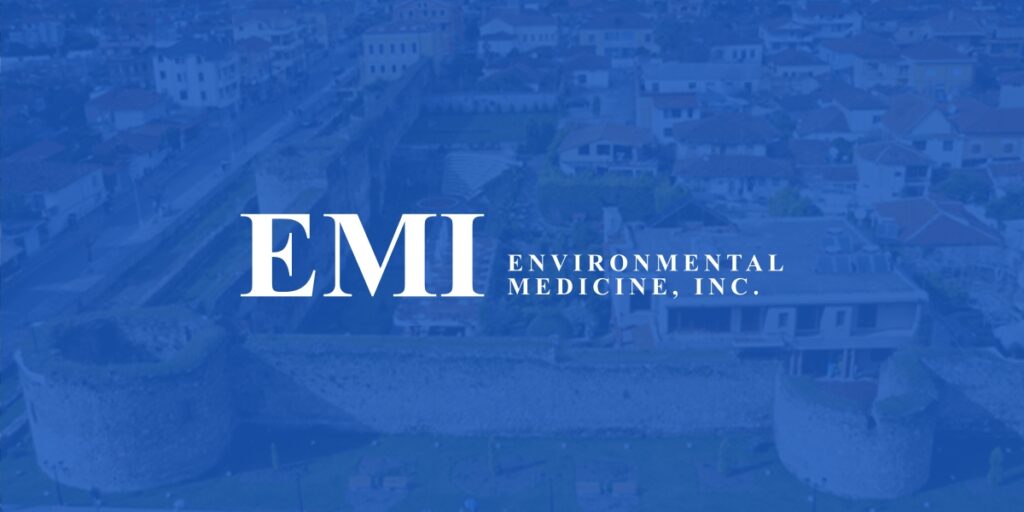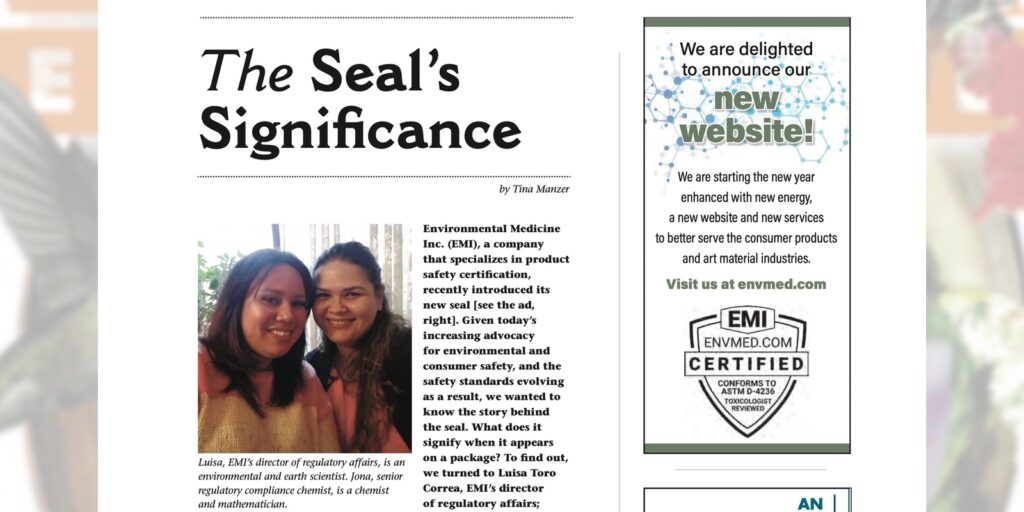Companies that sell or distribute consumer products in California need to comply with Proposition 65, the Safe Drinking Water and Toxic Enforcement Act of 1986. Proposition 65 lists chemicals that the State of California has determined to cause cancer, birth defects, or other reproductive toxicity. To comply with California laws, companies must either label their products with a warning or be able to demonstrate “Safe harbor” from the Proposition 65 label warning requirement through a quantitative exposure assessment or safe use determination. “Safe Harbor” is the explicit demonstration that exposure to a listed substance does not exceed its established safe harbor level.
As defined by the California’s Office Environmental Health Hazard Assessment (OEHHA), reproductive toxicant safe harbor levels are termed Maximum Allowable Dose Levels (MADLs), while carcinogen safe harbor levels are called No Significant Risk Levels (NSRLs).
In order to evaluate and assess a California Proposition 65 chemical, the following are considered: a typical use scenario from the actual product manufacturer, available data from current studies, analytical test results per specific chemical, and its cause of listing. The routes of exposure used are inhalation, dermal, and ingestion.
As your extended team member, we will help you understand and navigate the challenges of California Proposition 65 by offering the following services:
- Quantitative safe harbor exposure assessments
- Safe use assessment
- Exposure assessment for consumers
- Product and material testing through ISO accredited partner laboratory
- Raw material and product portfolio evaluations to select target chemicals for testing
- Label and point-of-sale guidance






